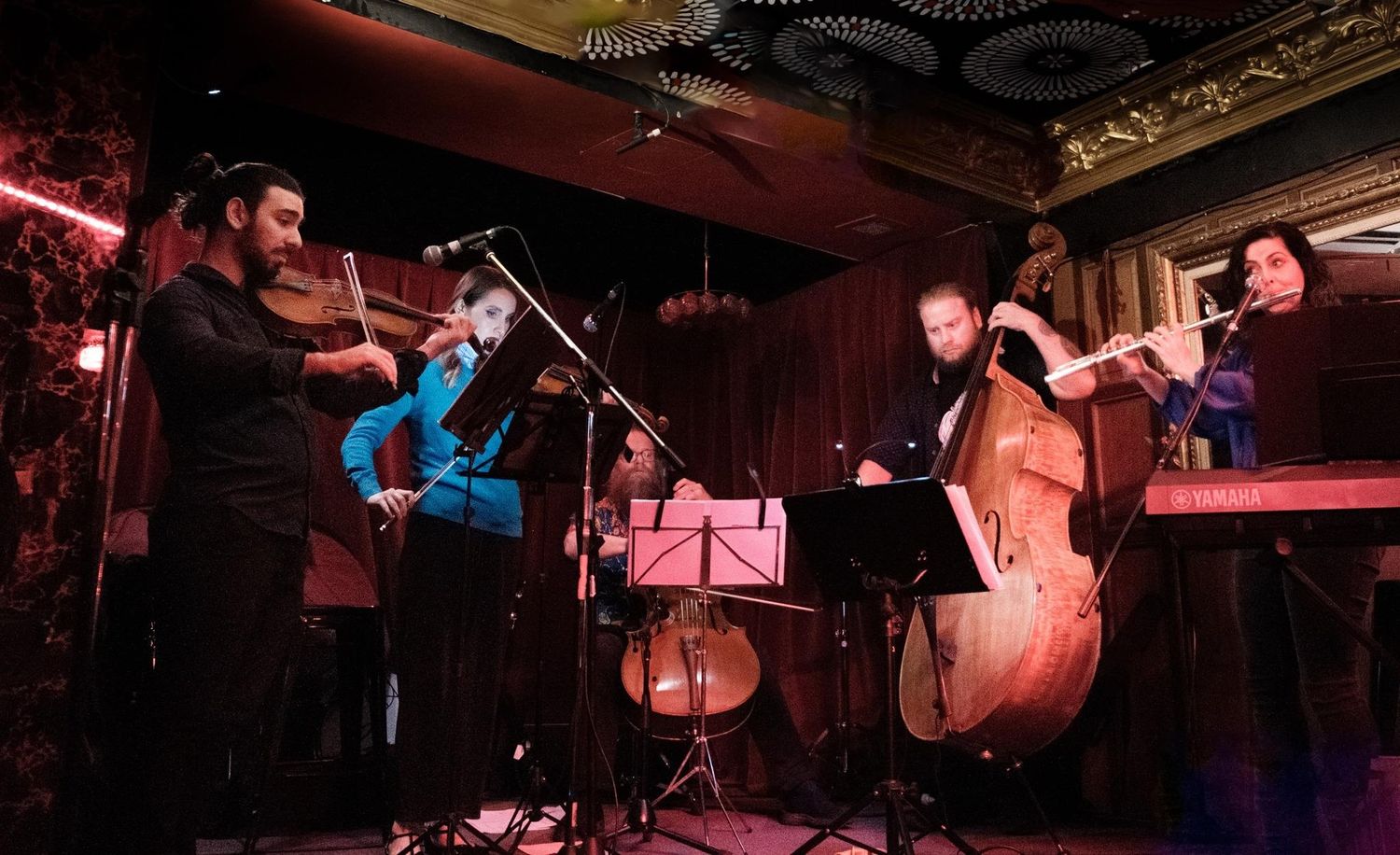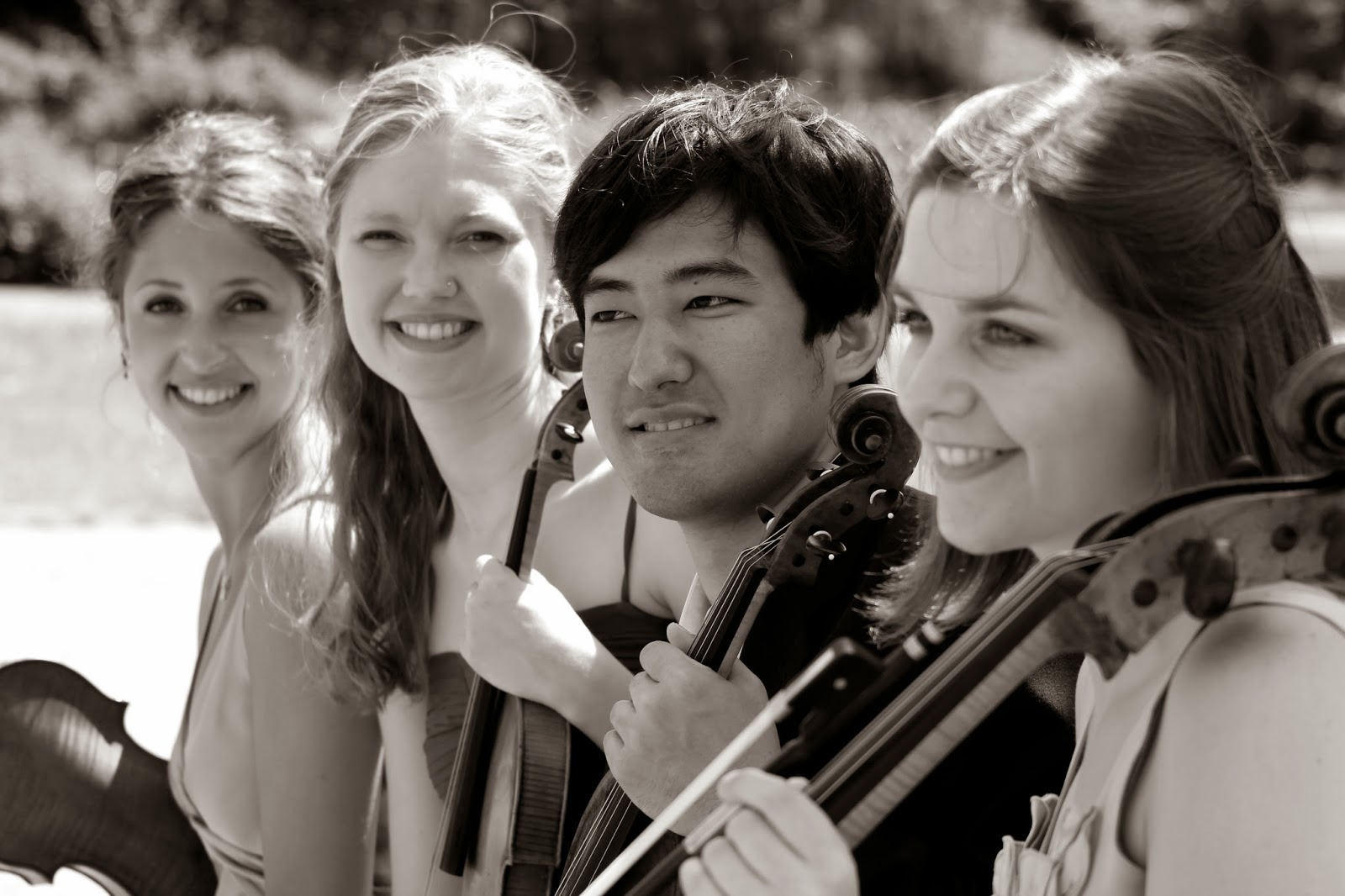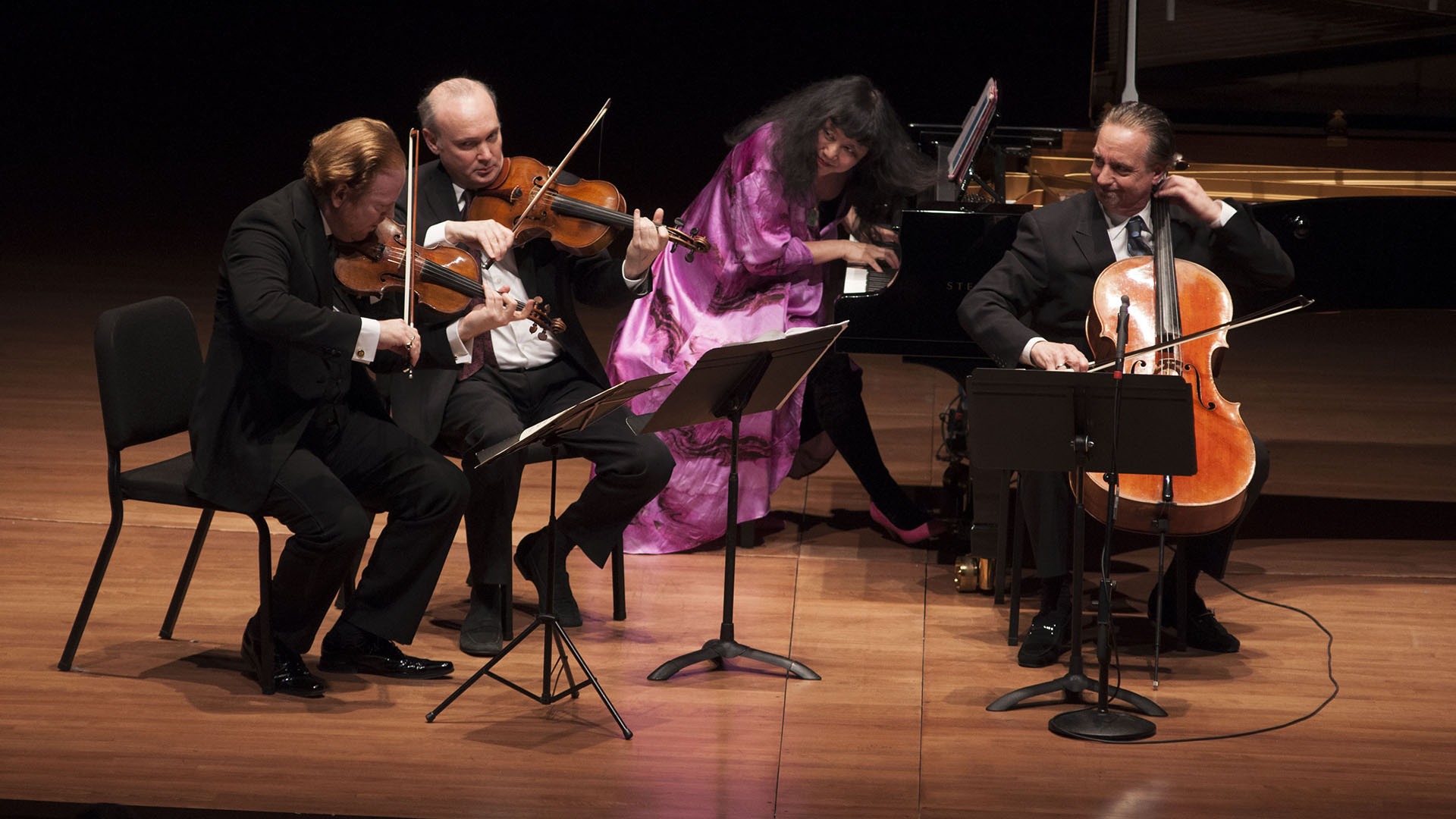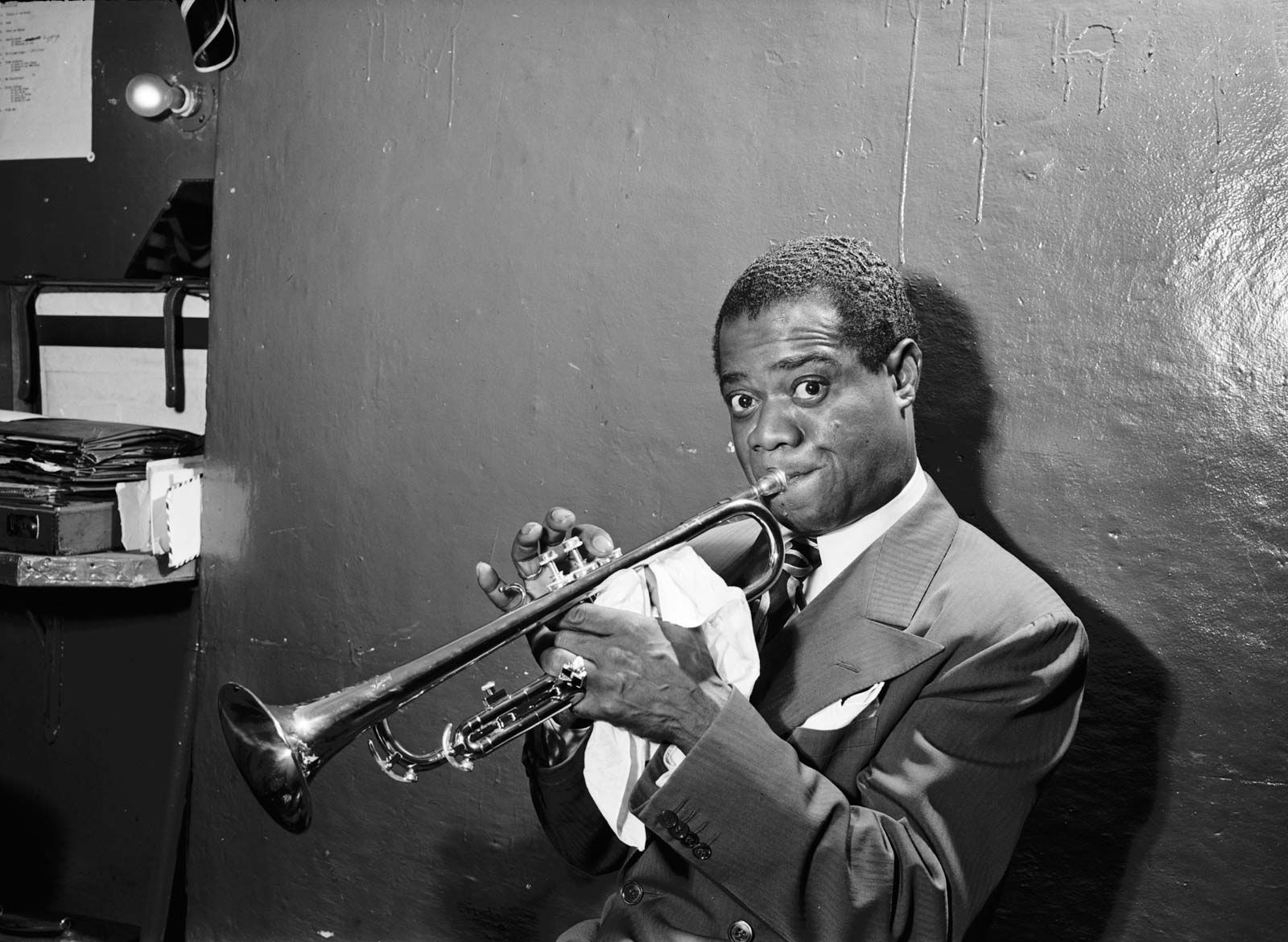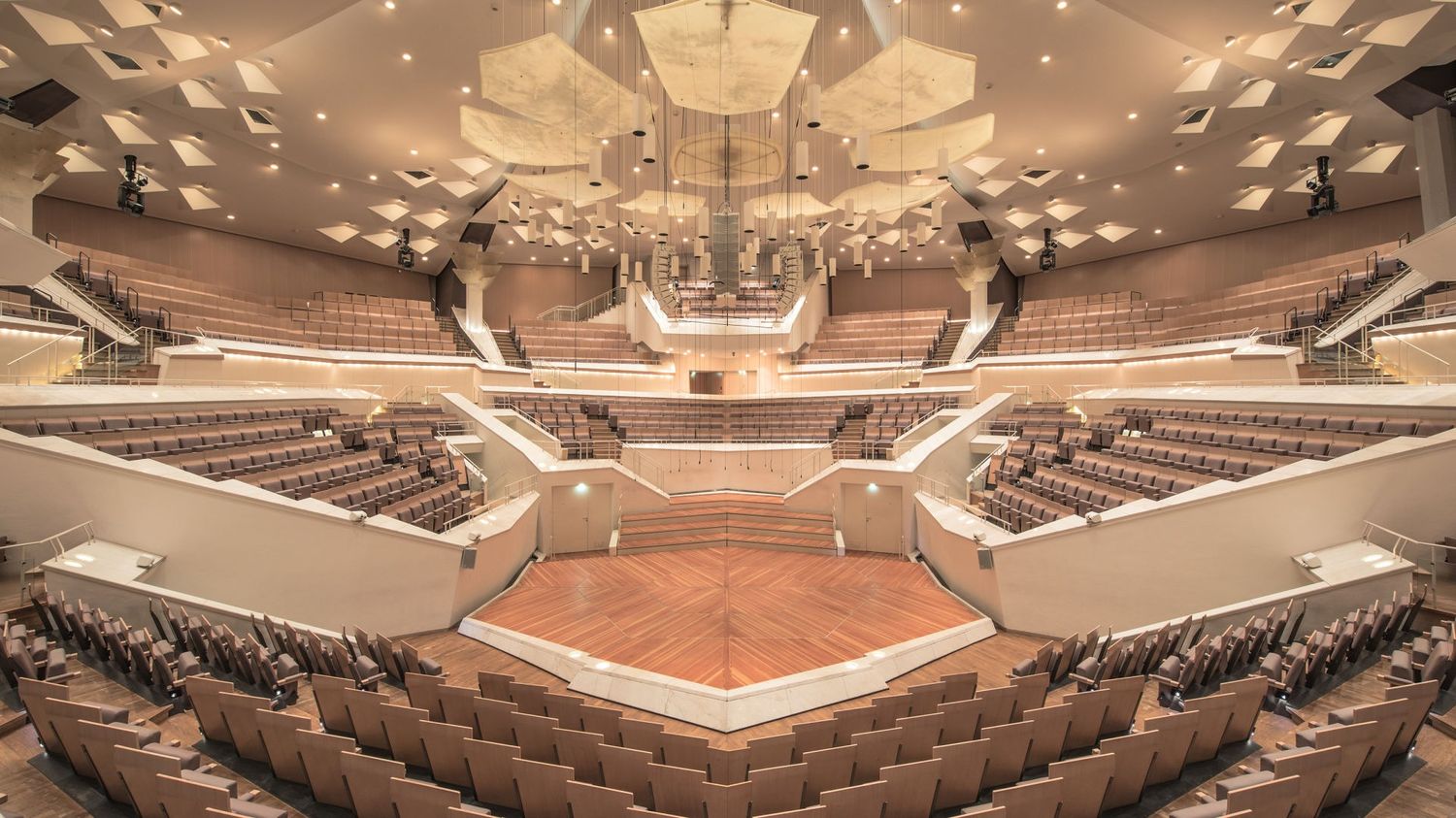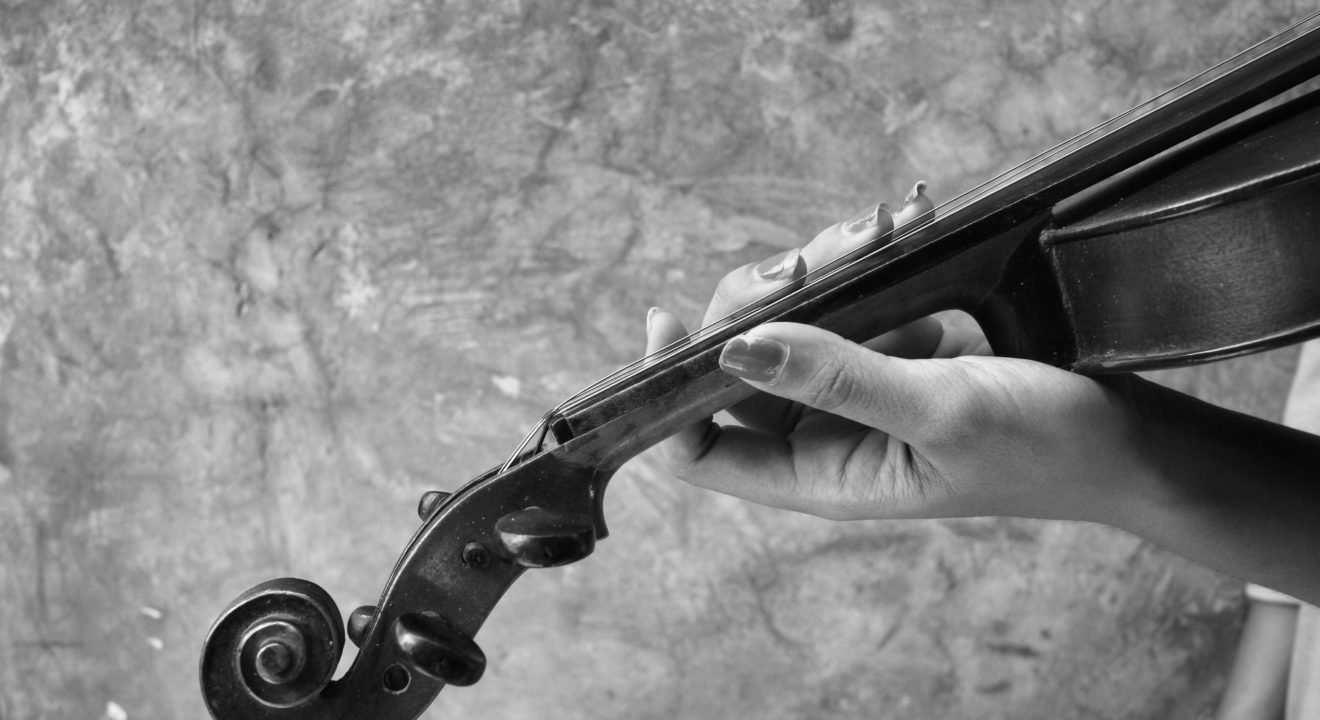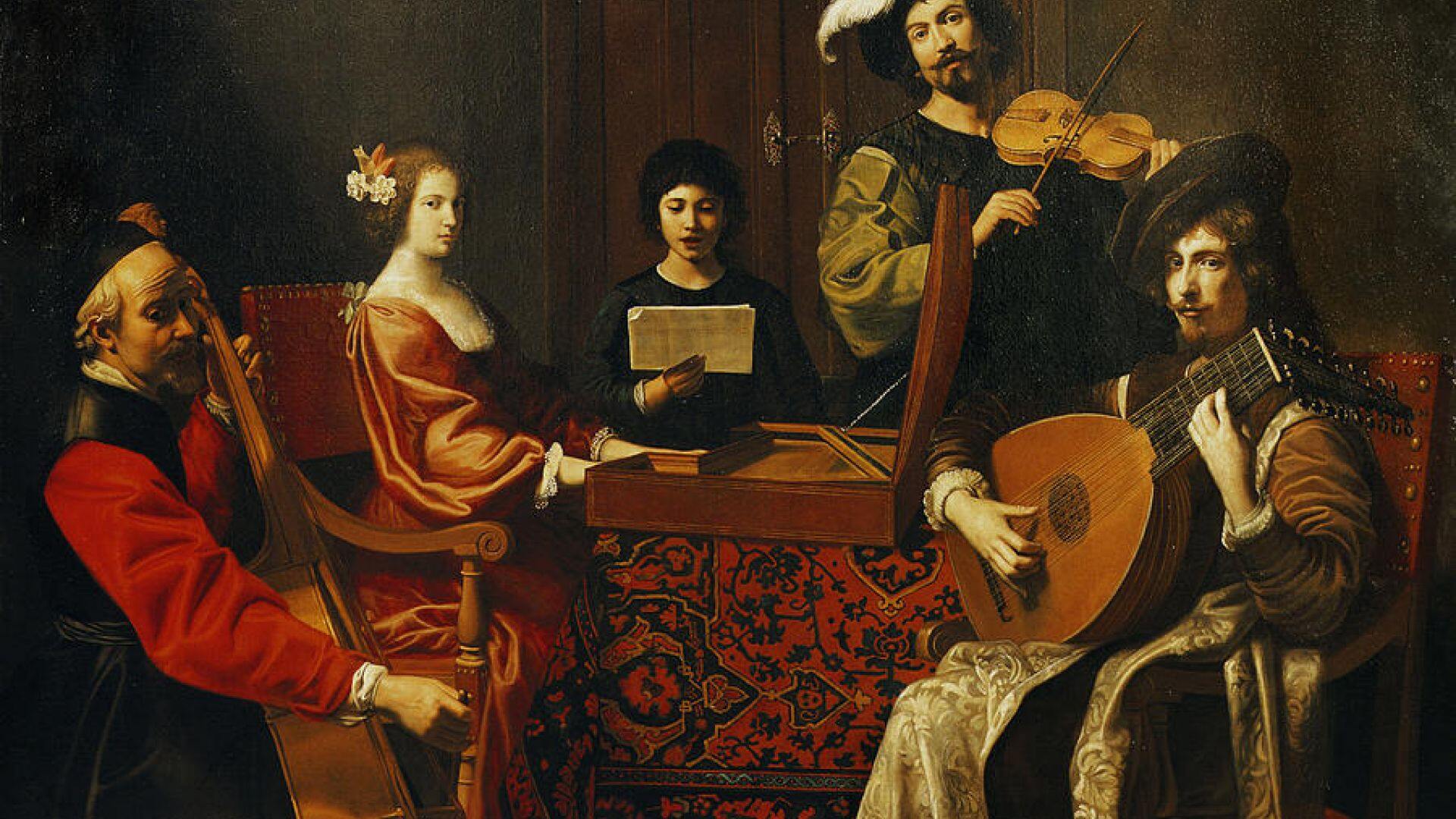Home>Events & Info>Chamber Music>Where Was Chamber Music Played In The Baroque Era?


Chamber Music
Where Was Chamber Music Played In The Baroque Era?
Modified: January 22, 2024
Discover the venues for chamber music performances during the Baroque era. From aristocratic salons to royal courts, explore the rich history of this exquisite genre.
(Many of the links in this article redirect to a specific reviewed product. Your purchase of these products through affiliate links helps to generate commission for AudioLover.com, at no extra cost. Learn more)
Table of Contents
Introduction
Welcome to the fascinating world of Chamber Music in the Baroque Era! Chamber music, characterized by its intimate and intricate nature, played a significant role in the musical landscape of this era. Unlike the grandiose symphonies and operas performed in large concert halls, chamber music was designed for smaller, more private gatherings.
The term “chamber music” refers to instrumental music composed for a small ensemble, typically consisting of two to eight musicians. It provided an opportunity for composers to experiment with intricate harmonies, delicate melodies, and complex counterpoint.
In this article, we’ll explore the various settings where chamber music was performed during the Baroque Era. From churches to noble courts, from salons to coffee houses, and even theatres, chamber music found its place in different venues, each with its unique ambiance and purpose.
So, let’s embark on a musical journey through time and discover where chamber music was played during the Baroque Era!
The Role of Chamber Music in the Baroque Era
Chamber music held a special place in the Baroque Era, serving multiple purposes in the musical culture of the time. It provided a platform for musicians to showcase their virtuosity, composers to experiment with new forms and techniques, and audiences to experience intimate and refined musical performances.
One of the primary functions of chamber music in the Baroque Era was entertainment for the elite. It was often performed in private settings, such as the homes of aristocrats and wealthy patrons. These intimate gatherings allowed the musicians to connect directly with the audience, creating a more personal and engaging experience.
Chamber music also played a crucial role in cultivating musical skill and collaboration among musicians. The small ensemble size encouraged intricate ensemble playing, where musicians had to listen carefully to one another and respond dynamically, resulting in a tight-knit and harmonious performance.
In addition, chamber music served as a platform for composers to experiment and innovate. It provided them with a space to push the boundaries of musical expression, exploring new harmonic structures and melodic ideas. Composers would often use chamber music as a testing ground for ideas that would later be developed in larger-scale compositions, such as symphonies or concertos.
Furthermore, chamber music allowed musicians to showcase their virtuosity and technical prowess. It provided opportunities for instrumentalists to display their skills through intricate solo passages and challenging ensemble interplay. This focus on individual instrumental excellence and expression added yet another layer of excitement to chamber music performances.
Overall, chamber music played a pivotal role in the musical culture of the Baroque Era. It not only provided entertainment for the elite, but also served as a platform for musical innovation, skill development, and artistic expression. Its intimate nature and intricate compositions continue to captivate audiences today, reminding us of the rich legacy of the Baroque Era.
Musical Instruments and Ensembles
The composition of the ensemble and the choice of instruments were crucial factors in the performance of chamber music during the Baroque Era. The most common instruments used in chamber music ensembles included the violin, cello, harpsichord, flute, oboe, and bassoon.
The string instruments, such as the violin and cello, formed the core of the ensemble. They provided the melodic and harmonic foundation of the music. The harpsichord, with its ability to play both melody and harmony, added richness and depth to the ensemble. It often served as both a solo instrument and a continuo instrument, providing the underlying harmony and bass line.
Depending on the composition and the intended atmosphere, additional instruments were added to create a diverse range of sounds. The flute and oboe added a bright and vibrant tone, while the bassoon provided a deeper and more resonant timbre. These woodwind instruments added color and variety to the ensemble, enhancing the overall musical experience.
Another important feature of chamber music in the Baroque Era was the concept of the basso continuo. The basso continuo, typically performed by a combination of harpsichord and cello/bass, acted as the harmonic foundation of the music. It provided a continuous bass line, often in the form of a figured bass, upon which the other instruments could improvise or elaborate.
The ensemble size for chamber music varied depending on the context and the composition being performed. It could range from a simple duo of violin and keyboard to a larger ensemble consisting of several string instruments and wind instruments. The flexibility in ensemble size allowed composers to tailor their compositions to the available resources and the desired musical effect.
With the combination of these instruments and ensembles, composers during the Baroque Era were able to create intricate and captivating chamber music compositions. The interplay between the different instruments, the rich harmonies provided by the basso continuo, and the virtuosic passages showcased the mastery of the musicians and contributed to the overall enchantment of chamber music performances.
Church Settings
One of the prominent settings for chamber music performances during the Baroque Era was within the walls of churches. Churches provided an acoustically vibrant and spiritually uplifting environment, making them an ideal space for the performance of sacred chamber music.
Chamber music performed in church settings often had a religious theme. Composers wrote sacred works specifically for these performances, incorporating texts from the Bible or liturgical texts. The serene and contemplative atmosphere of churches complemented the devotional nature of the music, creating a deeply moving experience for the listeners.
Churches also offered practical advantages for chamber music performances. Their spacious interiors accommodated larger ensembles, allowing for the inclusion of additional instruments and vocalists. The reverberant acoustics of churches enhanced the rich harmonies and intricate counterpoint found in Baroque chamber music, creating a majestic and immersive sonic experience.
Chamber music performances in churches were often part of religious services or special occasions, such as weddings, funerals, or feast days. These performances added a musical element to the spiritual and ceremonial aspects of worship, heightening the emotional impact of the religious rituals.
Church musicians, including members of the clergy and professional musicians, played a crucial role in performing chamber music within these sacred spaces. They dedicated themselves to honing their musical skills and enriching the spiritual experience of the congregation through their performances.
The participation of the audience in church settings varied depending on the context. While some performances may have been exclusively for the clergy and the congregation, others were open to the public. Public performances offered a chance for the broader community to come together and experience the transcendent power of chamber music within a sacred setting.
In summary, churches served as a significant venue for chamber music performances during the Baroque Era. Through their acoustics, spirituality, and connection to religious ceremonies, churches provided an ideal backdrop for the profound and awe-inspiring compositions of the time.
Noble Court Performances
Noble courts were integral to the patronage of the arts during the Baroque Era, and chamber music held a prominent place in their cultural activities. Courtiers and aristocrats would host private concerts within the grand halls of their palaces, inviting esteemed musicians to perform chamber music compositions.
These courtly performances of chamber music were exclusive affairs, reserved for the nobility and the elite. They provided an opportunity for aristocrats to showcase their refined taste and appreciation for the arts. The opulent settings and lavish decorations of the court provided a fitting backdrop for the performances, creating an atmosphere of elegance and sophistication.
The court musicians, often employed directly by the noble families, were considered some of the finest musicians of the time. They would perform chamber music compositions written specifically for these occasions, highlighting their virtuosity and musical finesse. These performances were not only a form of entertainment, but also a means for courtiers to display their wealth, status, and cultural refinement.
Noble court performances showcased a wide range of chamber music ensembles, from smaller intimate groups to larger orchestras. The ensemble size would vary based on the resources available and the preferences of the courtiers. Regardless of the size, these performances aimed to impress and captivate the courtly audience.
The repertoire for noble court chamber music performances was diverse, encompassing a variety of styles and forms. Composers often tailored their compositions for specific courtiers, incorporating their preferences and musical capabilities. This personal touch added an element of exclusivity and uniqueness to the performances.
In addition to being performed at private court gatherings, chamber music also played a role in public court events and celebrations. Festivals, banquets, and courtly ceremonies would often feature chamber music performances as a form of entertainment and cultural enrichment.
By hosting chamber music performances in the noble court setting, aristocrats were able to foster a cultural atmosphere, support aspiring composers, and provide employment opportunities for talented musicians. These performances not only entertained and delighted the courtly audience, but also contributed to the development and promotion of chamber music during the Baroque Era.
Salons of the Wealthy
Another prominent setting for chamber music performances during the Baroque Era was the elegant salons of the wealthy. These private drawing rooms, found in the homes of the affluent bourgeoisie, provided a more intimate and comfortable atmosphere for the performance of chamber music.
The salons of the wealthy were often adorned with luxurious furnishings, exquisite artwork, and intricate decorations. These opulent settings created a sophisticated ambiance that enhanced the overall experience of chamber music performances. The intimate nature of the salons allowed for a closer connection between the musicians and the audience, fostering a sense of shared appreciation for the music.
Hosting chamber music performances in their salons was a way for the wealthy to demonstrate their cultural refinement and social status. It gave them an opportunity to invite renowned musicians and composers to perform in an exclusive setting, showcasing their patronage of the arts.
The selection of chamber music repertoire for salon performances was diverse, ranging from intricate instrumental compositions to vocal works. Composers often tailored their compositions to suit the preferences and tastes of the salon hosts, adding a personal touch to the performances.
Salon performances of chamber music were often attended by a select group of guests, including fellow aristocrats, intellectuals, and influential figures from the local art and cultural scene. These gatherings provided an opportunity for like-minded individuals to engage in intellectual discussions, exchange ideas, and appreciate the artistry of chamber music.
In addition to the social and cultural aspects, salon performances of chamber music also served as a platform for emerging talents. It provided young and aspiring musicians with an opportunity to showcase their skills and gain recognition in the esteemed company of the salon’s patrons.
Overall, the intimate and refined setting of the salons allowed for a more personal and immersive experience of chamber music performances. These gatherings of the wealthy elite contributed to the patronage of the arts, the development of musical talent, and the vibrant cultural scene of the Baroque Era.
Coffee Houses
Coffee houses emerged as popular social and cultural hubs during the Baroque Era, and they also served as unique settings for chamber music performances. These establishments provided a relaxed and vibrant atmosphere where people from various walks of life could gather to socialize, discuss ideas, and enjoy live music.
Coffee houses became centers of intellectual and artistic exchange, attracting musicians, poets, writers, and philosophers. The lively and convivial environment in these establishments created an ideal backdrop for chamber music performances, where musicians could engage with a diverse and receptive audience.
Chamber music performances in coffee houses offered a more informal and accessible experience compared to the more exclusive venues like noble courts or salons. The casual setting allowed for greater interaction between the musicians and the audience, fostering a sense of camaraderie and shared enjoyment of the music.
The repertoire for chamber music performances in coffee houses was typically lighter and more entertaining in nature. Musicians would often include popular tunes, folk melodies, and arrangements of well-known compositions, catering to the tastes of the diverse audience. This eclectic mix of musical styles added to the festive and inclusive atmosphere of the coffee house performances.
Chamber music performances in coffee houses were not limited to professional musicians. Amateur musicians and music enthusiasts were also encouraged to participate, showcasing their talent and passion for the art. This inclusivity and participation added an element of community engagement and excitement to the performances.
Coffee houses often featured small ensembles, such as string quartets or trios, due to the limited space available. These chamber music performances highlighted the intricate interplay between the instruments and allowed the audience to appreciate the nuances and subtleties of the music in an intimate setting.
The popularity of chamber music performances in coffee houses played a significant role in democratizing access to music. It allowed people from different social classes to come together and enjoy live music in a more relaxed and egalitarian environment.
In summary, coffee houses provided an inclusive and vibrant setting for chamber music performances during the Baroque Era. These establishments fostered a sense of community, cultural exchange, and artistic exploration, making them a popular choice for musicians and music enthusiasts alike.
Theatres
In addition to the traditional settings of churches, noble courts, salons, and coffee houses, theatres also served as venues for chamber music performances during the Baroque Era. Theatres offered a larger space and a more formal setting for the presentation of chamber music compositions, attracting a diverse audience.
Chamber music performances in theatres often took place as part of larger theatrical productions, such as plays, operas, or ballets. These performances provided a musical interlude between acts or during scene changes, enhancing the overall artistic experience for the audience.
Theatres offered a unique opportunity for chamber music to reach a wider audience. The large capacity of the theatres allowed for more people to attend the performances, making chamber music accessible to individuals from various social backgrounds.
Chamber music performed in theatres often featured larger ensembles, including orchestras and choirs. These ensembles would perform grandiose and elaborate compositions, showcasing the full range and power of the musical forces.
The repertoire for chamber music performances in theatres was diverse, encompassing a range of musical styles and genres. Composers would often tailor their compositions to align with the themes and moods of the theatrical productions, adding depth and emotional resonance to the performances.
Theatrical chamber music performances were not limited to instrumental compositions. Vocal works, such as madrigals or arias, were also included, heightening the dramatic impact of the theatrical production and captivating the audience with the power of the human voice.
Theatres provided a formal and grand setting for chamber music performances, with their ornate interiors, extravagant lighting, and detailed stage designs. These visual elements added to the overall sensory experience for the audience, creating a heightened sense of immersion in the music.
The popularity of chamber music performances in theatres contributed to the cultural vibrancy and artistic richness of the Baroque Era. These performances showcased the versatility of chamber music and its ability to meld seamlessly with other art forms, creating a truly immersive and unforgettable experience for the audience.
Conclusion
The Baroque Era was a time of immense creativity and innovation in the realm of chamber music. From sacred performances in churches to intimate gatherings in salons and coffee houses, chamber music found its place in a variety of settings, each offering a unique experience for both the musicians and the audience.
Chamber music played a vital role in the Baroque Era, serving as a platform for artistic expression, technical virtuosity, and musical experimentation. It provided a space for composers to push the boundaries of musical composition and for musicians to showcase their talent and skill.
The church settings offered a spiritual and devotional atmosphere, where sacred chamber music compositions brought solace and inspiration to the listeners. In noble courts and salons, chamber music became a symbol of cultural refinement and social status, captivating the elite with its elegance and sophistication.
The coffee houses, on the other hand, embraced a more relaxed and inclusive environment, allowing a broader range of individuals to experience the joy and beauty of chamber music. These gatherings fostered community engagement and artistic exchange, contributing to the cultural vibrancy of the time.
Theatres provided a grand and formal setting for chamber music performances, often integrating the music seamlessly into larger theatrical productions. This blend of art forms created a truly immersive and captivating experience for the audience.
In conclusion, chamber music flourished in a multitude of settings during the Baroque Era. From the tranquility of churches to the opulence of noble courts, from the intimacy of salons to the lively ambiance of coffee houses, and even the grandeur of theatres, chamber music enriched the lives of its listeners and left a lasting legacy of musical brilliance.
Today, we continue to appreciate the beauty and intricacy of Baroque chamber music, recognizing its influential role in shaping the history of music. Whether through live performances or recordings, we can still immerse ourselves in the enchanting world of chamber music and feel the spirit of the Baroque Era come alive once more.

